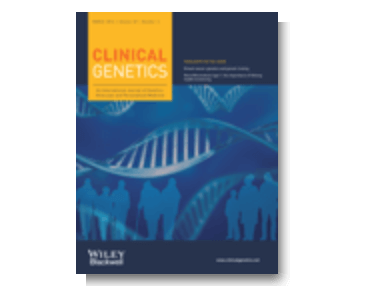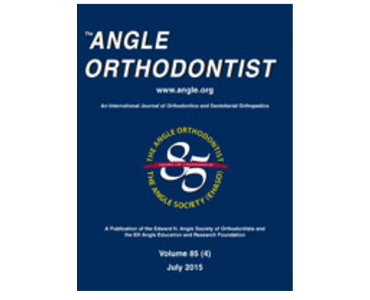Thesis. Validation of the Alberta Pediatric Obstructive Sleep Apnea (APOSA) Index for Orthodontic Treatment Need in Pediatric Patients with Obstructive Sleep Apnea Symptoms. N Nazarali.
Date: April 2016. Source: PhD Thesis. Medical Sciences, Orthodontics, University of Alberta. Objective: To determine the predictive ability of the Alberta Pediatric Obstructive Sleep Apnea (APOSA) Index for orthodontic treatment need in pediatric patients with obstructive sleep apnea symptoms. Methods: Thirty orthodontic records, representing a spectrum of craniofacial and oral features and severity, were evaluated…









